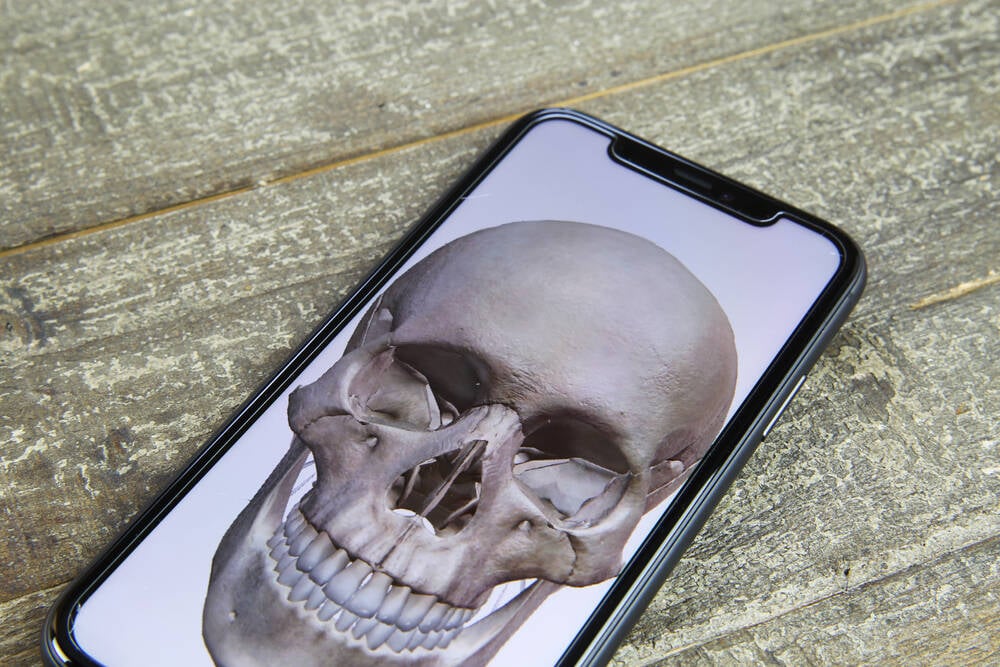Microsoft (MSFT.O) must pay patent owner IPA Technologies $242 million, a federal jury in Delaware said on Friday after determining that Microsoft’s Cortana virtual-assistant software infringed an IPA patent.
The jury agreed with IPA after a week-long trial that Microsoft’s voice-recognition technology violates IPA’s patent rights in computer-communications software.IPA is a subsidiary of patent-licensing company Wi-LAN, which is jointly owned by Canadian technology company Quarterhill (QTRH.TO), opens new tab and two investment firms. It bought the patent and others from SRI International’s Siri Inc, which Apple acquired in 2010 and whose technology it used in its Siri virtual assistant.“We remain confident that Microsoft never infringed on IPA’s patents and will appeal,” a Microsoft spokesperson said.Representatives for IPA and Wi-LAN did not immediately respond to a request for comment on the verdict.IPA filed the lawsuit in 2018, accusing Microsoft of infringing patents related to personal digital assistants and voice-based data navigation.The case was later narrowed to concern one IPA patent. Microsoft argued that it does not infringe and that the patent is invalid.IPA has also sued Google and Amazon over its patents. Amazon defeated IPA’s lawsuit in 2021, and the Google case is still ongoing.
Source: Microsoft hit with $242 million US verdict in Cortana patent lawsuit | Reuters
So basically some company that never did anything except buy some rights from somewhere managed to extort a quarter of a billion dollars from MS. What a brilliant system copyright is!

